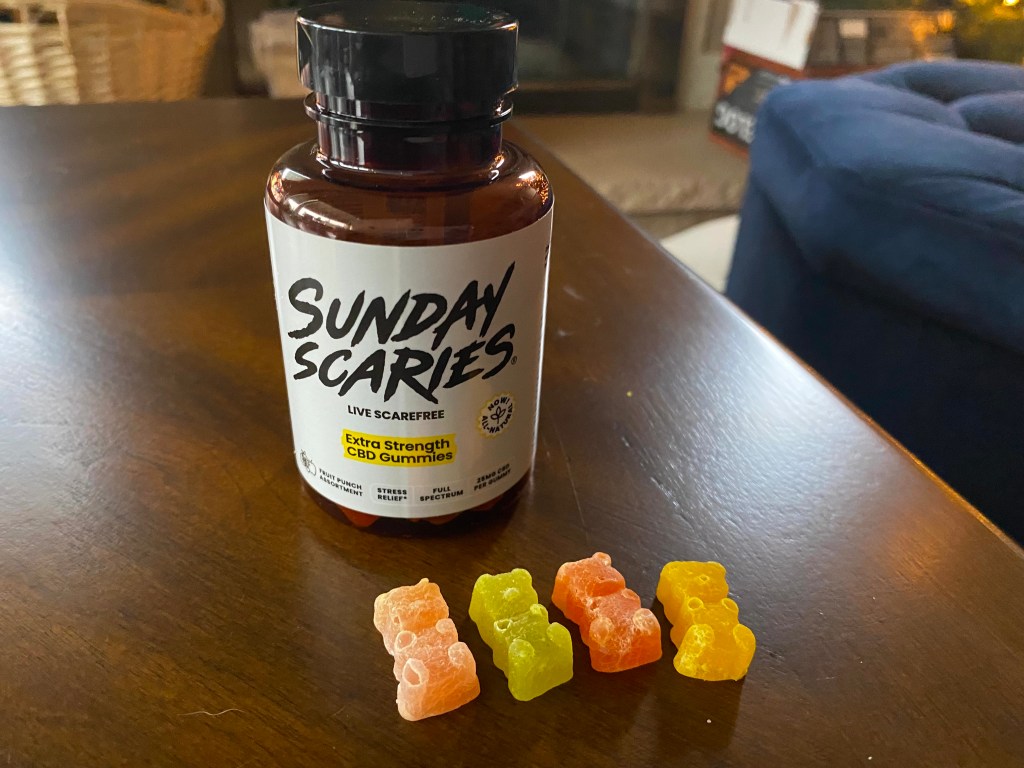Matthew Shribman, a science presenter and environmentalist, is not going to sugarcoat the devastating consequences of plastic pollution for life on Earth. In the new documentary “Plastic in the Air,” which premiered on Tuesday, Shribman highlights research demonstrating that plastic waste is not only choking out marine wildlife, it is also in the air we breathe.
The documentary, which is a collaboration between Shribman and the environmental nonprofit Plastic Oceans UK, packs a sobering amount of information into 14 minutes. But Shribman’s upbeat rundown of the misconceptions about plastic pollution—as well as the best ways to stem it—makes combating this pervasive problem seem a little less overwhelming.
Videos by VICE
“Plastic in the Air” was filmed on the Portuguese sailboat Santa Maria Manuela as it competed in a charity race from the United Kingdom to Denmark, which adds to the film’s sincere charm.
“Plastic is everywhere now: on the land, in the oceans and even in the air, with London’s air more full of plastic than Paris, Hamburg, and Dongguan in China combined,” Shribman said in a statement. “I made this film hoping it will help to bring about the necessary changes to fight this disastrous plastic crisis.”
Plastic was invented just a little over a century ago, and yet it has unleashed devastating consequences worldwide that will remain for many centuries to come. This synthetic polymer is so cheap and versatile that it has become ubiquitous in modern life, which has resulted in millions of tonnes of plastic waste polluting Earth’s oceans and land habitats each year.
Larger chunks of plastic can poison animals like birds and whales, and smaller microscopic beads of the stuff have been found in the deepest ocean trenches as well as in rural countrysides, where they rain down on landscapes—and people—as atmospheric pollutants.
Because plastic is not biodegradable, this pollution will be part of our global ecosystem for the next hundreds or thousands of years.
“Plastic in the Air” details the extent of this pollution, and explains why recycling and bioplastics are not the most ideal solutions to solve it. But Shribman also shows that people and some governments are taking real action to stop the flow of hazardous waste into our oceans and air, and that the successes of these efforts are fortunately beginning to materialize.
There will still be harmful plastics in our environment centuries from now, but the quantity and severity of future plastic pollution remains up to us.




